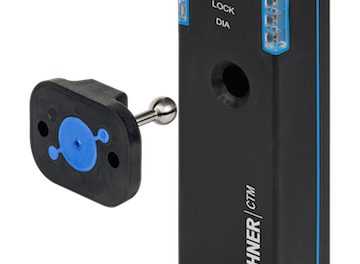OSHA violations are expensive in and of themselves, but even without OSHA citations, every injury is an expense. It costs your business money in lost productivity, raises workers’ compensation, and risks legal costs related to the claim. Here are three easy ways to improve workplace safety. All of the recommendations we make here are low cost and relatively low effort.
Expect to Train Everyone
A common mistake many employers make is assuming that everyone they hire is trained. You may even find advice to “hire smarter” as a way to improve workplace safety. In reality, you should expect to train everyone. Some people may have had training years ago, but the technology or procedures have evolved since then. In some cases, applicants say they have training or experience they don’t have in order to get the job.
You can reduce the odds of accidents by training everyone in the proper use of personal protective equipment, safety procedures, and workplace rules that exist for the safety of all. The safety training should be part of your onboarding process so that they see the use of safety equipment as part of company procedures, not a hindrance to following them.
And don’t forget to schedule company paid training for various safety certifications that your employees already have so that you’re in compliance when OSHA safety inspections demand that you provide training records – check canvas.com for more information on how to prepare for an OSHA inspection.
Provide Tools to Do It Right
Give people the tools to be safe. Companies should provide personal protective equipment to employees, whether it is respiratory equipment or hard hats. This prevents the employee from showing up in a baseball cap because they don’t have a hard hat or wearing sunglasses in lieu of safety glasses. In some cases, you can incentivize it, such as the companies that bring protective shoewear providers to site while employees can try on styles they like and find sizes that fit.
Another variation of this is providing clear channels of communication so that someone can report a coworker or boss violating safety rules, without being put at risk themselves.
Ask for Advice
Quality circles ask employees on the line for ideas how to improve product quality. Implement the same sort of collective idea generation and collection for ideas to improve safety. These are the people whose safety is most at risk, and they are going to be more aware of near misses than management. Their suggestions on minor changes in procedure that protect them better or improved machine guards that reduce the risk of personal injury are your best proactive measures against workplace injuries. Conversely, you can ask them about rules that could be eliminated because it no longer applies in the workplace, whether because multiple checks were mandated as a safety corrective action years ago or steps on checklists obsoleted by new technology.
Conclusion
If you want to improve workplace safety, these few tips should allow you to reach your objective. Remember to train everyone upon hiring in company procedures and safety, enforce safety rules at all levels, and ask employees how they’d improve safety as they may know issues you need to resolve and have low-cost solutions you can implement immediately.


